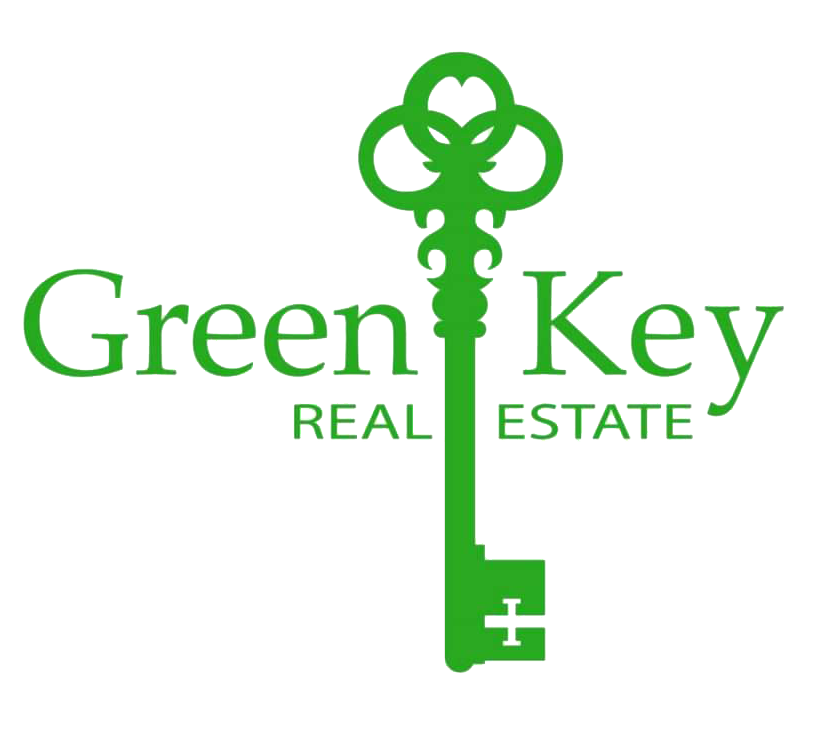What Is the First Step to Buy a Home?
Buying a home is one of the most significant investments you will make in your lifetime. It’s an exciting journey filled with opportunities, but it can also be overwhelming if you don’t know where to start. So, what is the first step to buy a home? Let’s break it down.
Assess Your Financial Situation
Before you dive into the world of real estate, it’s essential to take a close look at your financial health. This initial assessment will set the foundation for your home-buying journey.
1. Evaluate Your Credit Score
Your credit score plays a crucial role in determining your mortgage eligibility and the interest rates you’ll be offered. A higher score usually translates to better loan terms. Obtain a copy of your credit report and check for errors or areas that need improvement. If your score is lower than you’d like, consider taking steps to boost it before applying for a mortgage.
2. Determine Your Budget
Understanding how much you can afford is vital. A common rule of thumb is that your monthly mortgage payment should not exceed 28% of your gross monthly income. Use online mortgage calculators to get a rough estimate of how much home you can afford based on your income, debts, and down payment.
3. Save for a Down Payment
While some loans allow for minimal down payments, saving for a larger down payment can significantly reduce your monthly payments and eliminate private mortgage insurance (PMI). Aim for at least 20% of the home’s purchase price, but don’t be discouraged if you can’t reach that goal. There are various programs available for first-time homebuyers that require less.
Be Prepared to Compromise
Once you have a clear understanding of your financial situation, the next step is to get pre-approved for a mortgage. This process involves a lender reviewing your financial information to determine how much they are willing to lend you.
1. Gather Necessary Documents
To get pre-approved, you’ll need to provide several documents, including:
Proof of income (pay stubs, tax returns)
Employment verification
Bank statements
Details of any outstanding debts
2. Shop Around for Lenders
Not all lenders offer the same terms and rates, so it’s wise to shop around. Compare interest rates, fees, and customer service reviews. Getting multiple quotes can save you thousands over the life of your loan.
Understand Your Needs and Wants
As you prepare for your home search, take some time to outline your needs and wants in a property. Consider factors such as:
Location: Proximity to work, schools, and amenities
Size: Number of bedrooms and bathrooms
Style: Single-family home, condo, or townhouse
Future Growth: Potential for appreciation in value
Start Your Home Search
With a pre-approval letter in hand and a clear understanding of your needs, you’re ready to embark on your home search. Utilize online listings, attend open houses, and explore neighborhoods to find the perfect fit.
In Conclusion...
The first step to buying a home is to assess your financial situation. By evaluating your credit score, determining your budget, and saving for a down payment, you’ll lay a solid foundation for your home-buying journey. Following this, getting pre-approved for a mortgage will empower you to make informed decisions as you navigate the real estate market. Remember, buying a home is not just a transaction; it’s a significant milestone in your life. Take your time, do your research, and enjoy the process! Happy house hunting!
Ready to take the first step?
Let's work together. We'll help you find exactly what you're looking for with top-of-the-line service focused on your and your needs.




